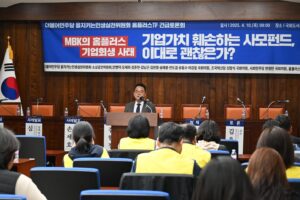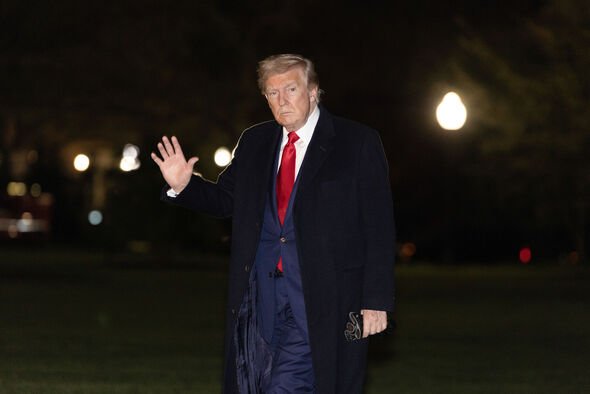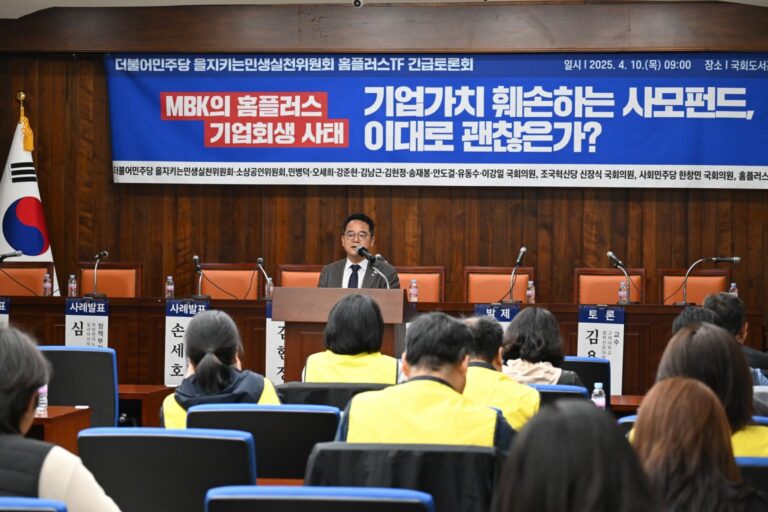
The Starknet Foundation (SNF) is undergoing a major leadership transition. Diego Oliva, the Foundation’s first CEO since March 2023, will be stepping down after successfully establishing a robust team and structure.
James Strudwick, who joined the Foundation in January 2024 as Head of Ecosystem Growth, will be stepping into the role of Executive Director to continue advancing the Starknet ecosystem and its adoption.
Diego Oliva’s Impact on Starknet: Key Achievements and the Road Ahead with New Leadership
We would like to share the news of a change happening @StarknetFndn.@jdiegooliva who has served as the first CEO of the Foundation since March 2023, will be stepping down after successfully establishing a strong team and structure.@strjd87, who has been with the Foundation… pic.twitter.com/LmRNavbxII
— Starknet Foundation (@StarknetFndn) August 6, 2024
Diego Oliva was appointed as the inaugural CEO of the Starknet Foundation after an extensive search, owing to his entrepreneurial experience and strong character.
His leadership has been key in growing the foundation from a small team of two part-time employees to an organization of over thirty full-time professionals.
During his tenure, important initiatives were launched, including the Provisions project and various ecosystem development programs like DeFi Spring, Seed Grants, and the Catalyst and Propulsion programs.
Oliva helped establish the foundation’s core values and operational framework, including signing agreements with over 100 teams and scaling programs like Basecamp and Hacker Houses.
With a team and structure now in place, Diego and the Foundation Board believe it is the right time for a leadership transition.
According to Starknet, to ensure a smooth handover, Diego will stay with the Foundation for the next month for the transition process.
Notably, James Strudwick, the new Executive Director, has worked on DeFi, Layer 1, and Layer 2 scaling projects.
The leadership transition occurs amid controversy within the Starknet community regarding the timing and impact of STRK TGE. Additionally, community members have been dissatisfied with the qualifications for the Starknet token airdrop.
Adding to the challenges, the sudden shutdown of the decentralized exchange ZKX, a protocol built on Starknet, has raised criticism.
Controversy Hits Starknet: Unpacking the Impact of the STRK Token Unlock
On February 20, Starknet developers allocated around 700 million STRK tokens—out of a total supply of 10 billion—to reward Ethereum solo and liquid stakers, Starknet developers, and users, as well as projects and developers from outside the Web3 ecosystem.
Within the first 90 minutes, 45 million STRK tokens were claimed, which has since surpassed 220 million.
The network saw a dramatic surge in active users, reaching over 220,500 on February 14, up from under 20,000 on February 9. This increase was fueled by anticipation surrounding the Starknet Provisions Program airdrop.
However, this excitement was short-lived. By February 19, the number of active accounts had fallen sharply to just over 84,260, marking a 65% decline from the peak.
The release of 1.3 billion tokens to core contributors and investors has sparked dissatisfaction, particularly concerning the criteria for the Starknet token airdrop.
Further complicating matters, the recent shutdown of the decentralized exchange ZKX, built on Starknet, has drawn criticism for its poor communication and lack of transparency, particularly among major investors. ZKX founder Eduard Jubany Tur cited economic viability issues, including low user engagement and insufficient revenue, as the main reasons for the closure.




















